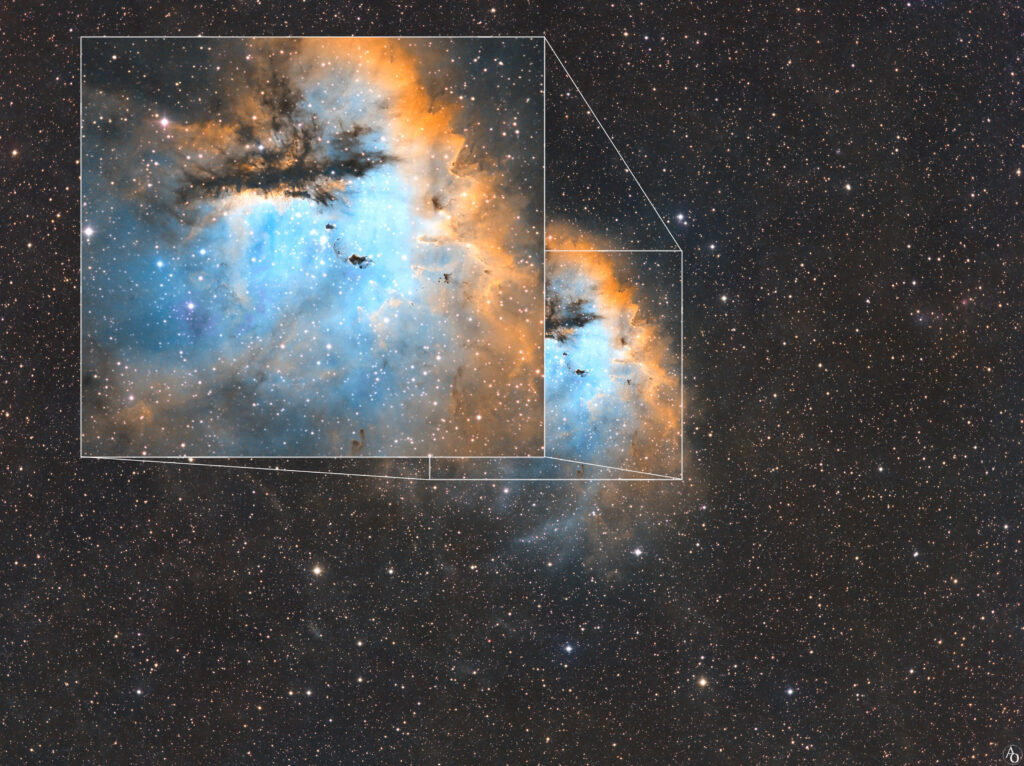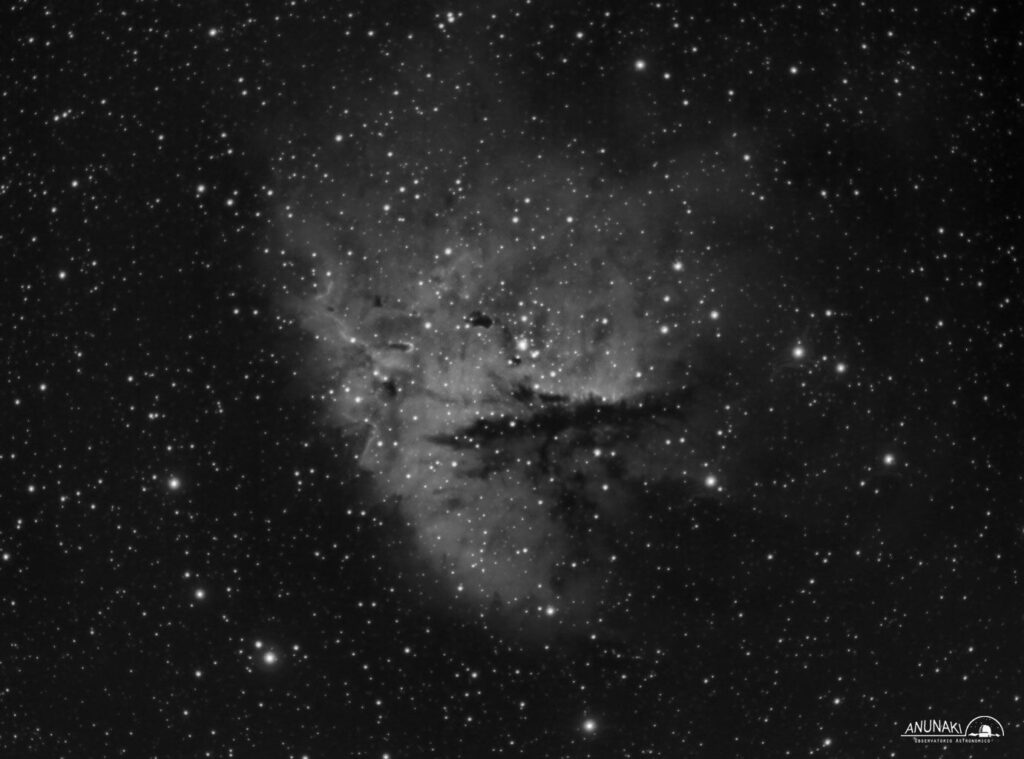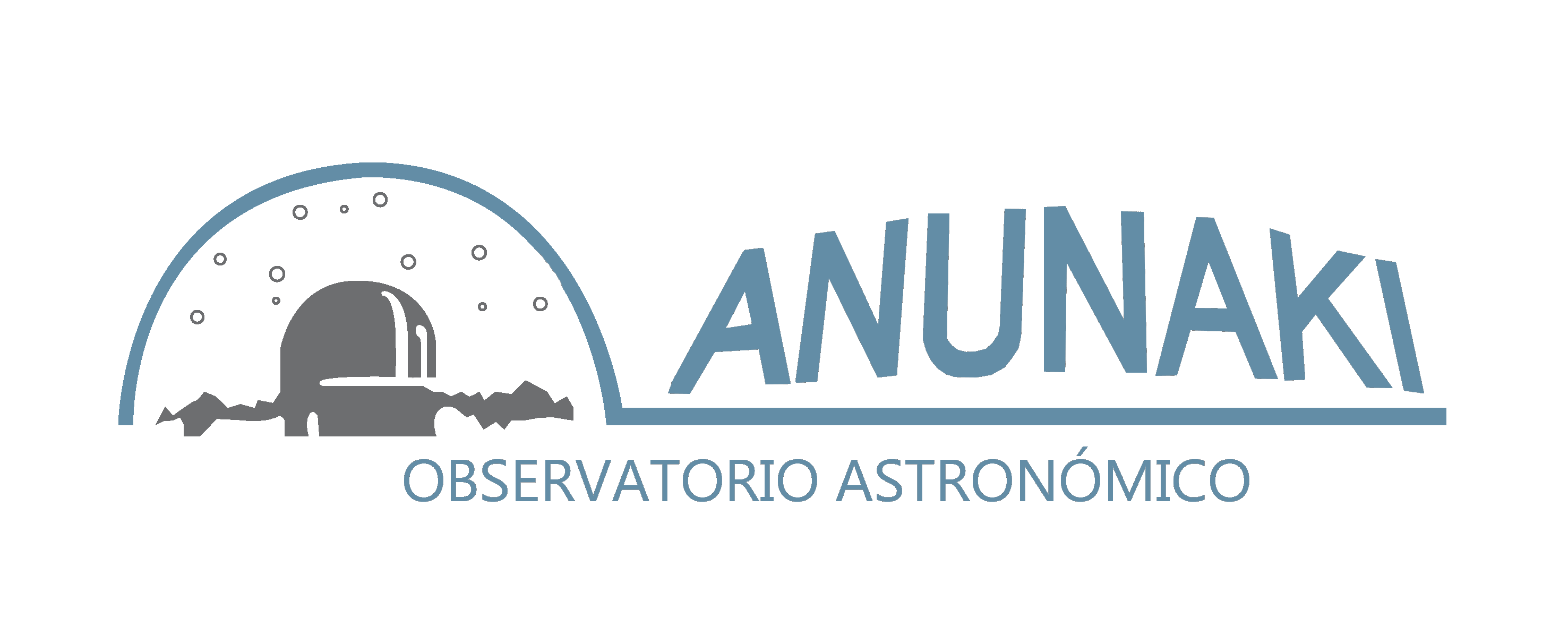NGC 281 is a busy star formation workshop. Its main features include a small open cluster of stars, a diffuse emission nebula with red glow, large trails of dark dust and gas, as well as dense clumps of gas and dust, in which stars may be forming.
The open star cluster IC 1590, visible at the center, has formed recently, just in a few million years.

The brightest member of this cluster is a multiple star system, which emits light that contributes to ionizing the nebula’s gas, causing its red glow. The traces of dust seen to the left of the center will likely host future star formation.
Especially striking in the photograph above are the dark Bok globules, which can be seen with the bright nebula in the background.

Technical data:
Telescope: S/C 8″
CCD:Atik314L+
Focal Length Reducer: Meade 6.3
Filters: UHC
Telescope Guide: SkyWatcher ED80
Mount: LX200 GPSR
Guide CCD: QHY5
CCD Temp:-5º
Ambient Temp:21º/19º
Location: Anunaki Observatory / Rivas Vaciamadrid (Madrid)
The NGC 281 system, called the comecocos nebula for its shape, is about 10,000 light-years away.
Immense pillars formed by areas denser than the rest of the cloud resist the passage of the front of ionizing radiation that end up emerging as isolated areas in the HII region.
This nebula, like M16, can be considered as a “stellar nursery” of great scientific interest as it is a star-forming region in the transition zones between ionized HII regions and molecular clouds.

Technical data of the acquisition:
Baader H-alpha 6.5nm (CMOS-Optimized) 36 mm: 25×900,″(6h 15′)
Baader O-III 6.5nm (CMOS-Optimized) 36 mm: 20×900,″(5h)
Baader S-II 6.5nm (CMOS-Optimized) 36 mm: 20×900,″(5h)
Time integration:
16h 15′
